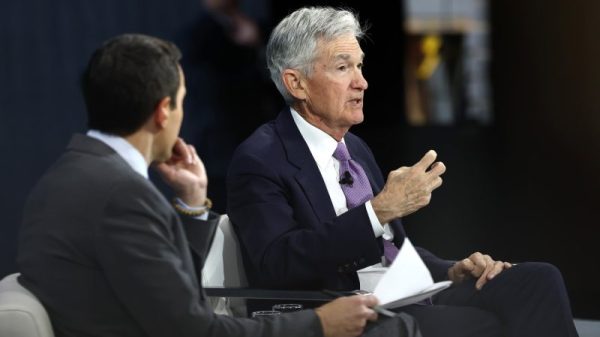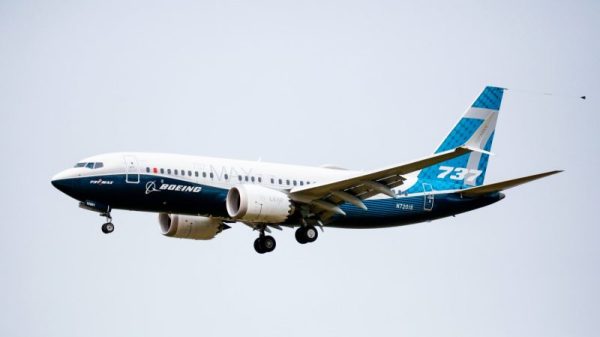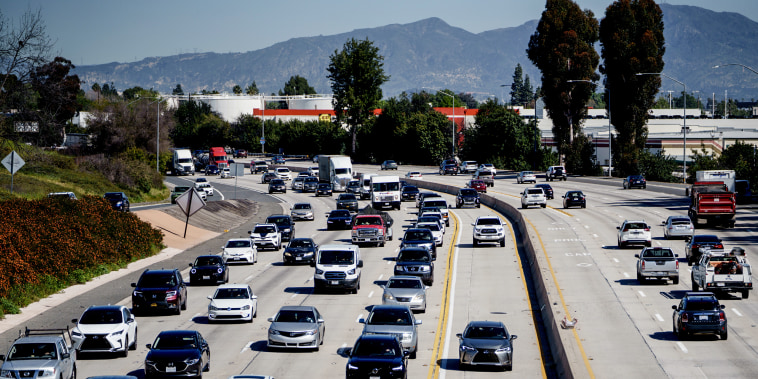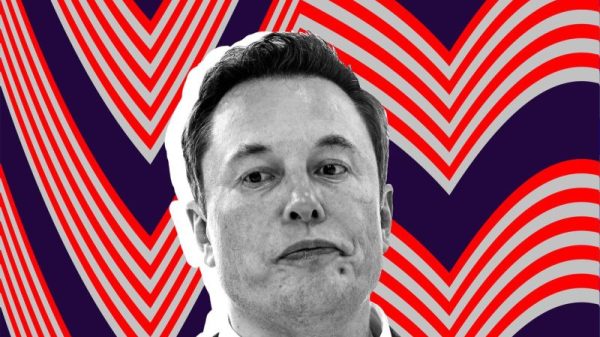In recent years, the cost of auto insurance has become a pressing issue for many drivers around the globe. The sharp rise in premiums has been a key contributor to inflation, impacting drivers’ ability to afford basic necessities and adding strain to household budgets.
One of the primary factors fueling the inflation of auto insurance prices is the increasing frequency and severity of car accidents. As cars become more advanced and expensive to repair, insurance companies are facing higher payouts for claims. This, in turn, leads to higher premiums for drivers as insurers seek to offset their rising costs.
Additionally, the proliferation of distracted driving behaviors, such as texting while driving, has contributed to a surge in accidents on the roads. The correlation between distracted driving and accidents has prompted insurance providers to adjust their pricing models to account for the heightened risk associated with these behaviors. Consequently, insurance premiums have soared, making coverage less affordable for many drivers.
Moreover, the ever-evolving landscape of auto insurance regulations plays a significant role in the pricing dynamics of the industry. Changes in laws and regulations, especially those related to liability and coverage requirements, can have a direct impact on premiums. Insurers must constantly adapt to regulatory changes, which often result in adjustments to pricing structures to remain compliant and profitable.
The impact of natural disasters on auto insurance prices cannot be overlooked as well. Events such as hurricanes, floods, and wildfires can result in extensive property damage and a surge in insurance claims. To mitigate the financial risks associated with catastrophic events, insurance companies factor in these potential losses when setting premiums for policyholders.
Furthermore, the advancements in vehicle technology have revolutionized the auto insurance industry. Features like advanced driver-assistance systems and autonomous driving capabilities have the potential to reduce accidents and improve road safety. However, the cost of repairing or replacing these sophisticated technologies in the event of a claim can be substantial, leading to higher insurance premiums for drivers with technologically advanced vehicles.
In conclusion, the escalation of auto insurance prices has become a complex issue intertwined with various factors, including the frequency of accidents, distracted driving behaviors, regulatory changes, natural disasters, and technological advancements. As drivers grapple with the burden of rising premiums, it is crucial for policymakers, insurers, and consumers to collaborate on finding sustainable solutions to ensure the affordability and accessibility of auto insurance in the face of inflation.





























